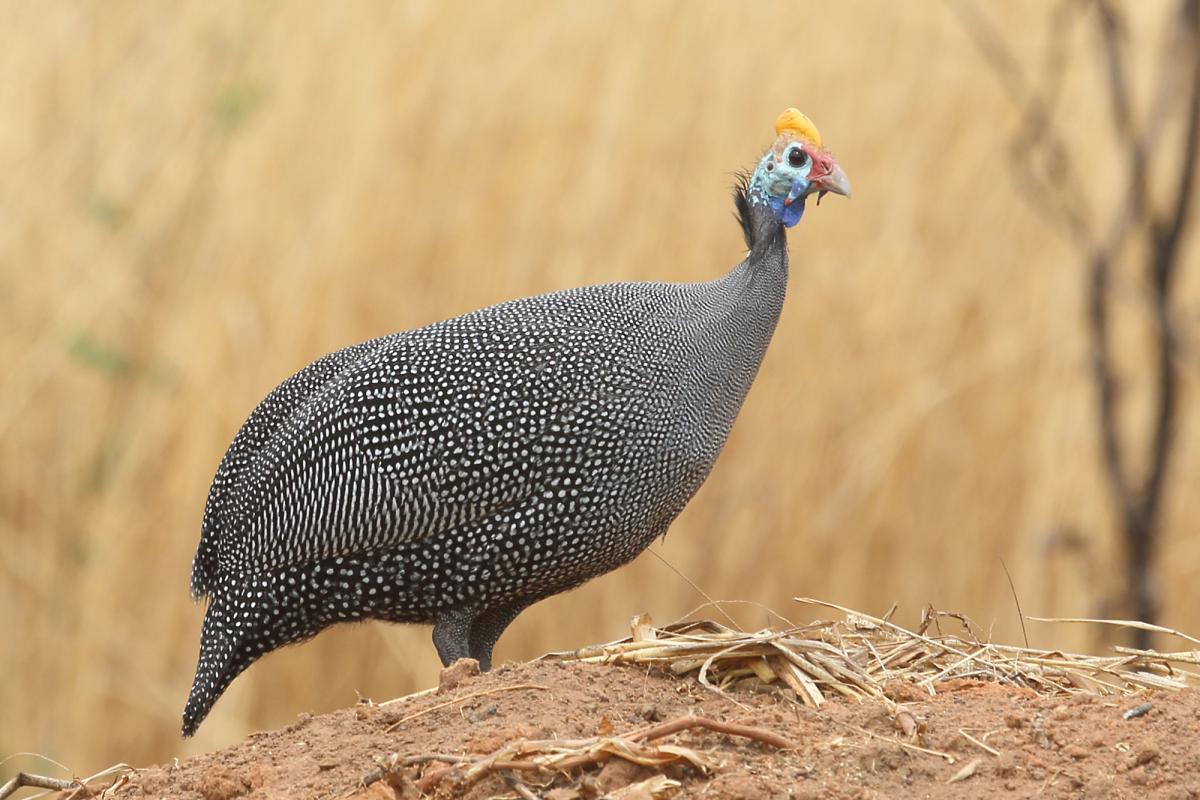
Numida meleagris
TAXONOMY
Phasianus meleagris Linnaeus, 1758, Africa = Nubia, Upper
Nile. Nine subspecies.
OTHER COMMON NAMES
French: Pintade de Numidie; German: Helmperlhuhn; Spanish:
Pintade Comъn.
PHYSICAL
CHARACTERISTICS
20–25 in (50–63 cm),
2.5–3.5 lb (1.15–1.6
kg) male and female.
Plumage mainly
blackish gray with
white spots and
lines. Widespread
variation among the
subspecies in the
head adornments
(filoplumes, cere,
wattles, and casque).
DISTRIBUTION
N. m. sabyi (probably
extinct): northwestern
Morocco; N. m.
galeata: sub-Saharan, to northern Senegal and into northern
Angola; N. m. meleagris: sub-Saharan, north of equator to
Sudan and western Ethiopia; N. m. somaliensis: eastern
Ethiopia to Eritrea and Somalia; N. m. reichenowi: Kenya and
central Tanzania; N. m. mitrata: western and eastern Tanzania
to northern Mozambique; N. m. marungensis: southern Congo
to Angola and western Zambia; N. m. damarensis: extreme
southwestern Angola to Namibia and western Botswana;
N. m. coronata: Zimbabwe, southern Mozambique and South
Africa.
HABITAT
Open savannas, woodland and dry thorn-scrub.
BEHAVIOR
Highly social and vocal; sexually dimorphic. Usually in flocks
of up to 35 individuals but may form aggregations of more
than 1,000 birds in feeding areas.
The timing of roosting is strongly correlated to the time of
sunset, with later roosting on longer days. In May 1970 on the
island of Nantucket, Massachusetts, a flock of domesticated
helmeted guineafowl took to their roost during a total eclipse
of the sun at midday.
FEEDING ECOLOGY AND DIET
Active forager, mainly on the ground. Forages opportunistically
on what is abundant. Omnivorous.
REPRODUCTIVE BIOLOGY
Apparently monogamous. 12–23 eggs with 24–27 day incubation
time. Both parents feed and care for newly hatched chicks,
known as downy keets. Breeding period varies depending on
subspecies and rainfall patterns.
CONSERVATION STATUS
Widespread and common at the continental scale, but recent
documentation indicates significant declines in parts of the
range, probably due to habitat destruction.
SIGNIFICANCE TO HUMANS
Probably Africa’s (and certainly southern Africa’s) most popular
terrestrial gamebird. Domesticated in Europe and introduced
elsewhere.
Other popular Animals
Photo Gallery of - Helmeted guineafowl
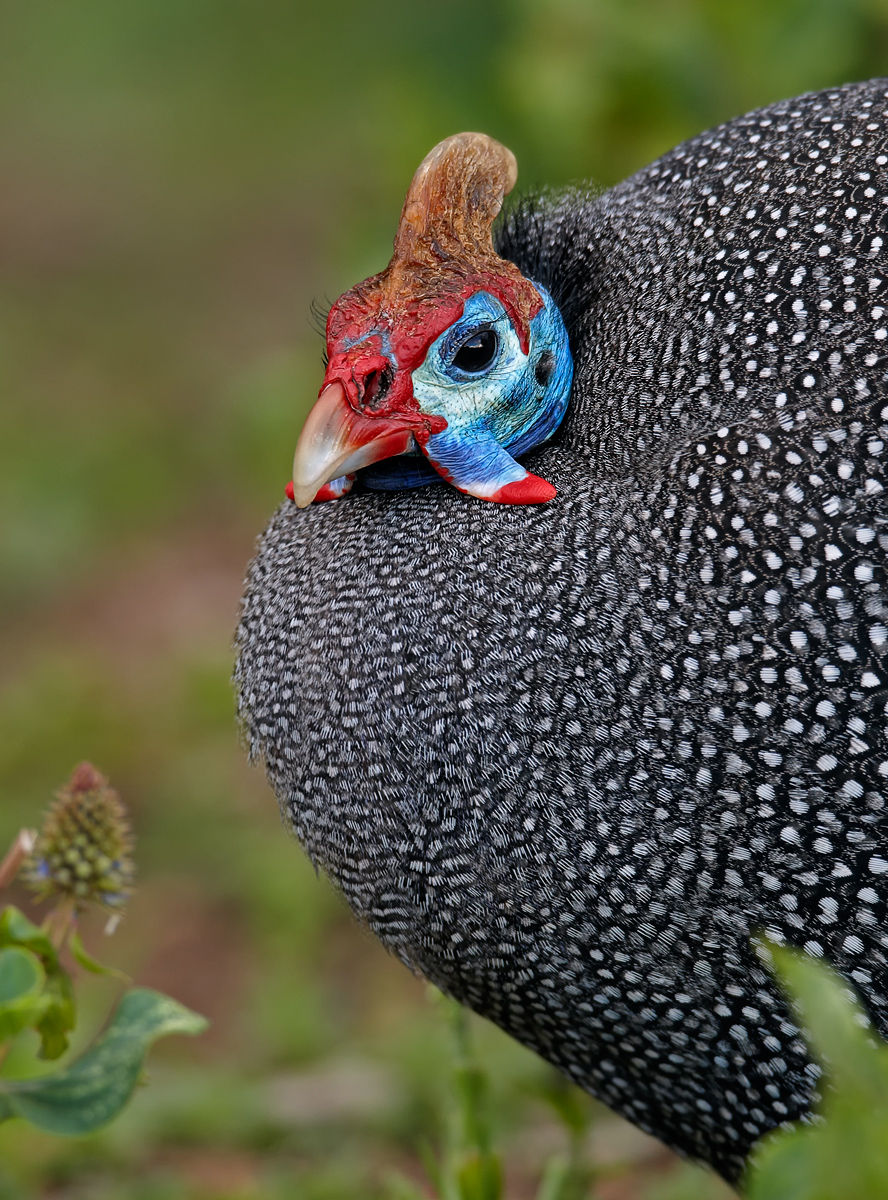
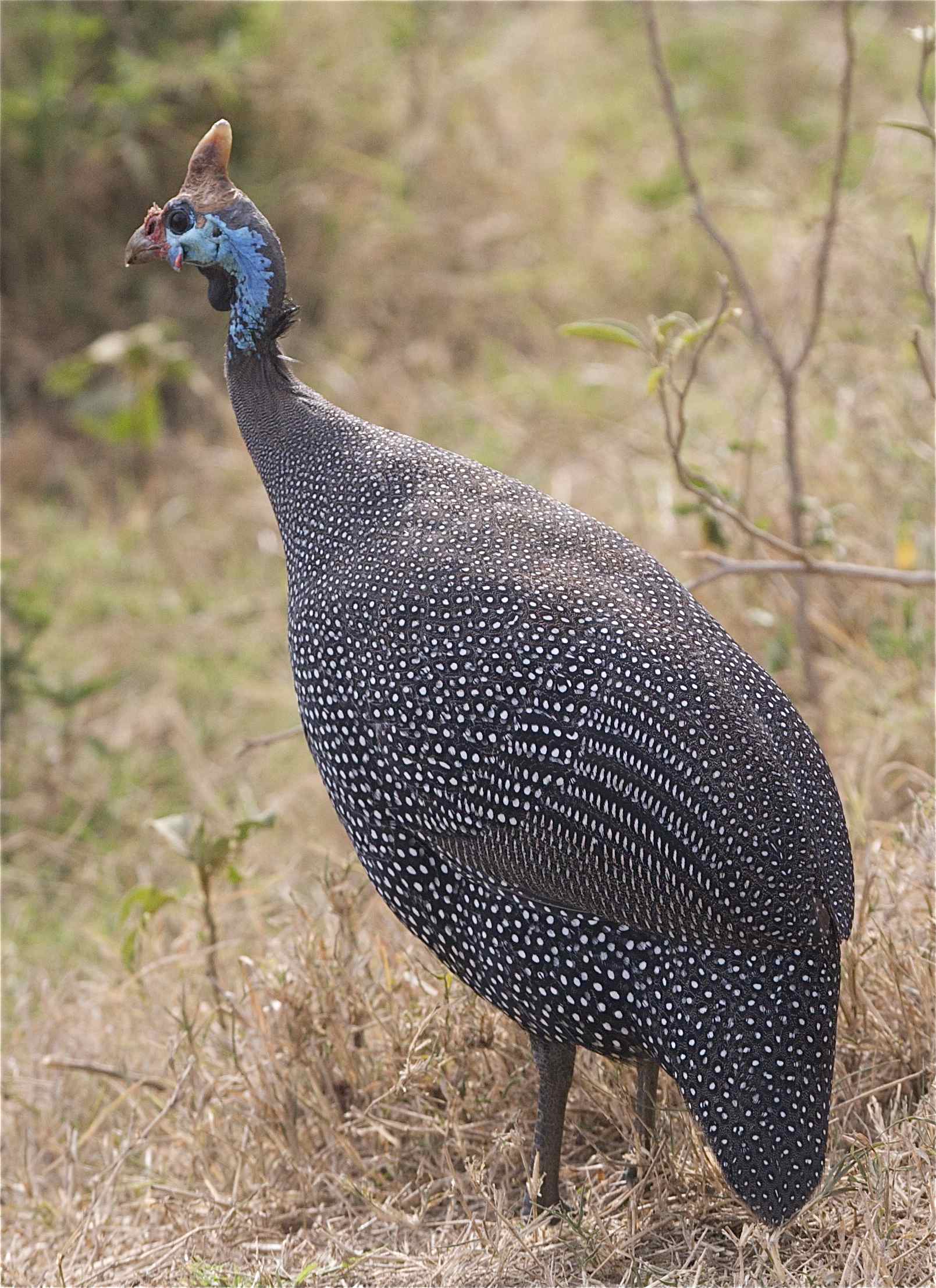
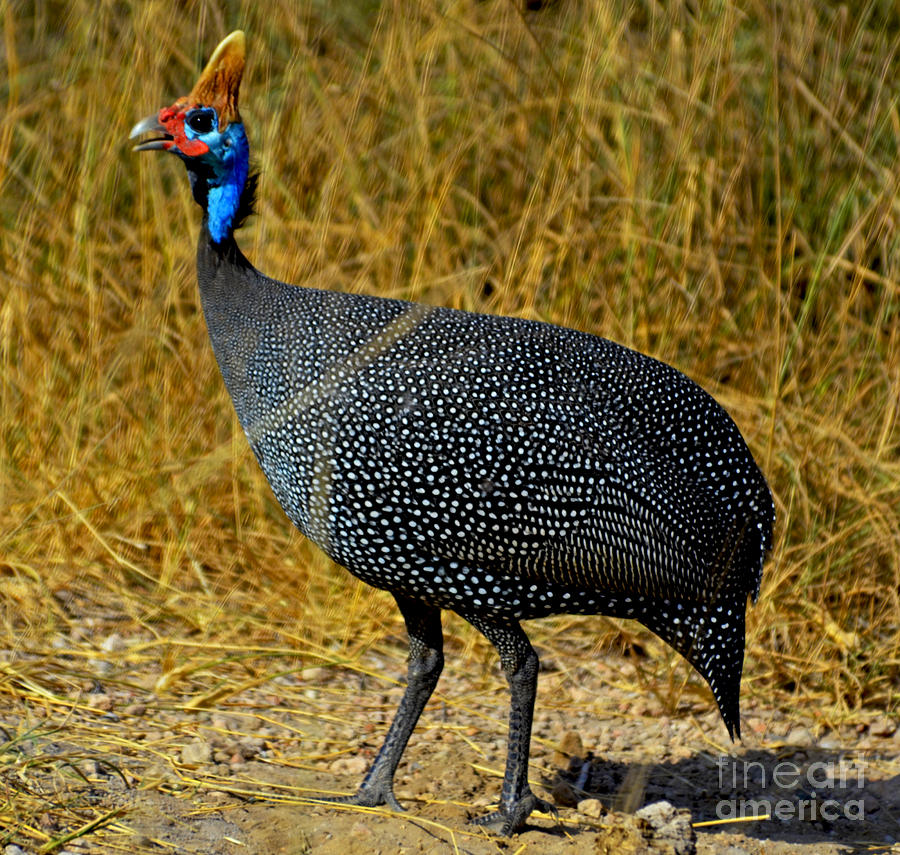
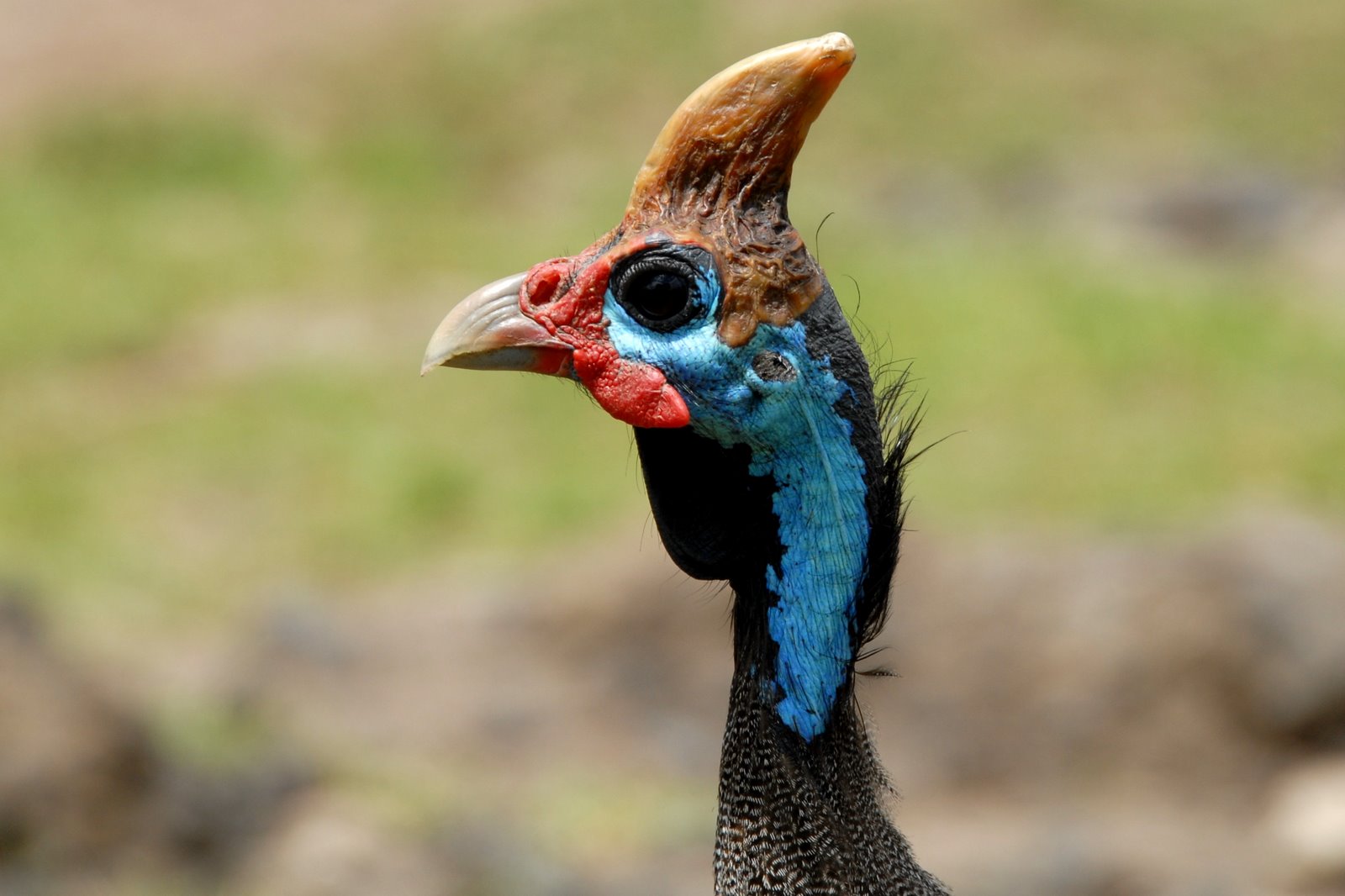
 Animalia Life
Animalia Life